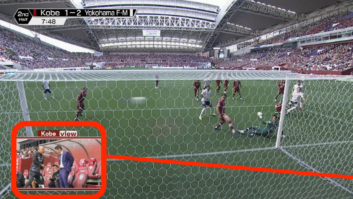NASA’s Deep Space Optical Communications has experimented with beaming an Ultra-High Definition streaming video from 19 million miles away (31 million kilometres, or about 80 times the Earth-Moon distance).
The experiment was part of a NASA technology demonstration aimed at streaming very high-bandwidth video and other data from deep space.
The 15-second test video, which features Taters the cat, was delivered via a cutting-edge instrument called a flight laser transceiver, said NASA.
The video signal took 101 seconds to reach Earth, sent at the system’s maximum bit rate of 267 megabits per second (Mbps). The instrument beamed an encoded near-infrared laser to the Hale Telescope at Caltech’s Palomar Observatory in San Diego County, California, where it was downloaded.
Each frame from the looping video was then sent “live” to NASA’s Jet Propulsion Laboratory in Southern California, where the video was played in real-time.
“Despite transmitting from millions of miles away, it was able to send the video faster than most broadband internet connections,” said Ryan Rogalin, the project’s receiver electronics lead at JPL. “In fact, after receiving the video at Palomar, it was sent to JPL over the internet, and that connection was slower than the signal coming from deep space. JPL’s DesignLab did an amazing job helping us showcase this technology – everyone loves Taters.”







